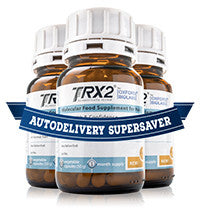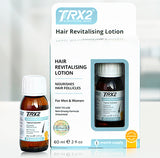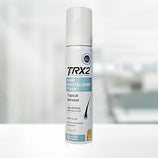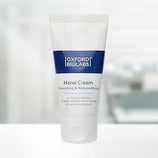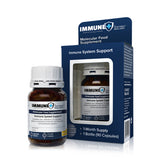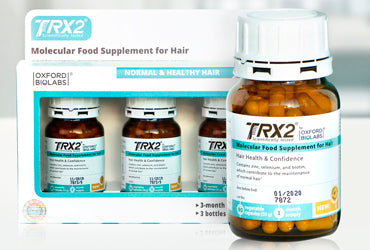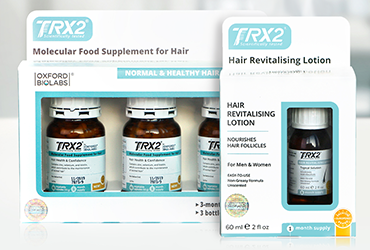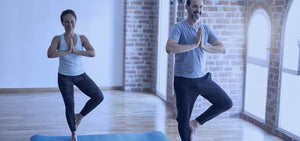We could be forgiven for forgetting the ageing process is going to happen to us one day. Ageing often just creeps up on us; we only notice it when the symptoms present. The signs of ageing are many, but not all are troublesome. We expect to go grey or lose at least some hair, for example, but other ageing inevitabilities are a little more bothersome. Losing flexibility, mobility and balance with age can actually cause problems – and even pain and injury – so it is important to maintain these before they lead to health issues.
This article contains our top tips for maintaining flexibility, mobility and balance as you age, so that you can stay healthy through the ageing process.
Maintaining flexibility with age
Why do you lose flexibility as you get older? Depending on the lifestyle you lead, it’s highly likely you’ll lose some degree of flexibility in your joints as you get older. Joint flexibility partly relies upon the connective tissue surrounding your muscles. This tissue contains the naturally occurring proteins collagen and elastin, which are responsible for its strength and elasticity. When your connective tissues contain high enough levels of collagen and elastin, your joints will be more flexible.
However, as you age the levels of both start to decline. To keep joints healthy as you age, you may need to increase your intake of foods or products that boost the production of these substances. The good news is that vitamin C is one of those, so fruit will help; you can also consider bone broth, leafy greens, beans and several other foods for boosting collagen.
Drinking plenty of water, and increasing sulfur intake are also good ways to increase flexibility as you age, since they both promote healthy connective tissue. Similarly, you may need to increase your intake of essential fatty acids (EFAs), including both omega-3 and omega-6. As the body can’t produce them, you will need to consume them in the form of foods or supplements. Fish (line caught), flax seeds and oils (unrefined, cold pressed) are a good place to start, and the ideal ratio is 3:1 omega-3 to omega-6.
Finally, common sense dictates when it comes to staying flexible in older age: getting plenty of gentle exercise and stretching will do your body the world of good as it progresses into its later years. Calming hatha yoga is a popular choice because it’s suitable for all age groups.
How to maintain mobility as you get older
Who doesn’t want to be able to move freely and easily throughout their life? Again, we tend to take this for granted until ageing takes it away. Good mobility depends on healthy joints, muscles and bones, so we must give these what they need as early on as possible. Mobility is one of the first things we lose with age, and it is most evident in our posture and gait. We may experience weakened faculties and tire more easily - even with light activity. This is because the ageing process diminishes muscle mass and bone density. With this our strength declines and our joints begin to stiffen.
It is important to find ways to keep joints healthy, as we covered above. Moving them regularly is also important, and this means daily physical exercise of some kind. Nutrition is paramount, so be sure to consume age-appropriate amounts of the following:
- Protein (in line with the RDA – studies say older adults are deficient!)
- Vitamins C and D
- Calcium (and magnesium to regulate it)
- Potassium and zinc
Since muscle mass decreases with age, mobility goes with it. In other words, extra effort will be required. From 30 years onward you can start to lose your precious muscle, and by the time you reach 50 the difference will be significant. There is always a solution though, and it’s relatively simple: provided that you learn how to do muscle-building exercises for older people, your mobility should stick around. Resistance training and weight training are the best bet, and the earlier you start, the better. After all, muscle loss corresponds to the regularity of your physical exercise throughout your life.
The best ways to maintain balance as you age
It is well known that ageing – especially in the later years – comes with pitfalls, and one of those is losing balance. Studies say that at some point, one in four adults will have a fall that leads to injury. This indicates that finding ways to improve balance is important. Below are our recommendations for doing exactly that:
- Stay active – give your body opportunities to maintain itself through physical movement
- Practice coordination – moving arms and legs at the same time (in a variety of ways) can help. Perhaps a Zumba class?
- Wear supportive shoes – it isn’t helpful to wear stilettos past our 20s, or shoes with soles that have seen better days. Lightweight shoes with grip and arch support are far better!
- Practice balancing – shift your balance from one foot to the other by lifting one foot at a time and holding the position for up to 30 seconds at a time
- Take yoga classes – yoga is good for all aspects of ageing, as mentioned. However, it is particularly good for training the body to balance
- Rebounding – this fun activity (otherwise known as jumping on a mini trampoline) can do wonders for your balance!
Maintaining flexibility, mobility and balance as you get older is not too difficult if armed with the correct knowledge and motivation. The earlier you start, the easier it will be to keep your physical faculties in order… and at the same time, you’ll feel mentally and emotionally stronger, so it’s a win-win situation! If you liked this article, don’t forget to check out our other tips for healthy ageing.
Thanks for reading!
